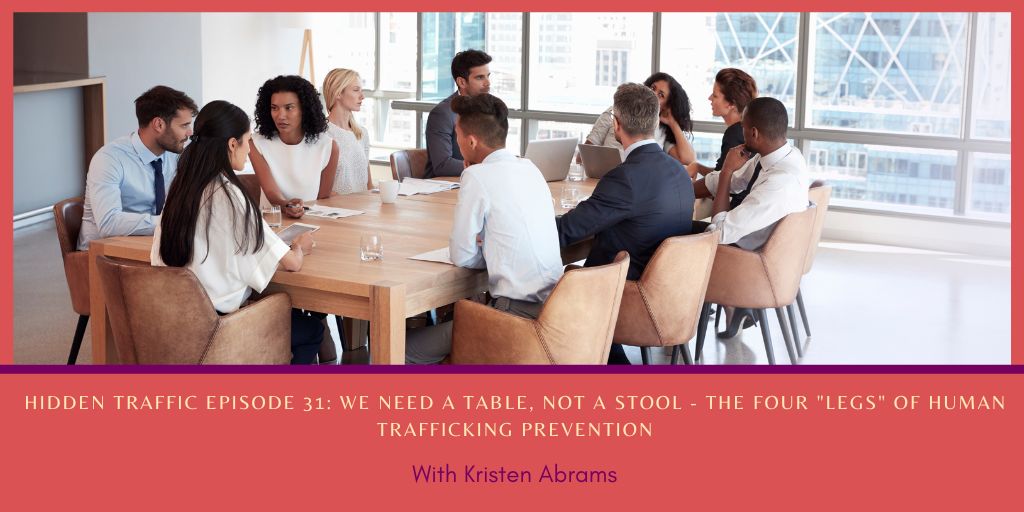What are some of the key FCPA enforcement actions involving M&A? These enforcement actions, FCPA Resource Guide and the Evaluation of Corporate Compliance Program (and Update) have all made clear that the DOJ and SEC will vigorously prosecute companies which allow bribery and corruption to continue after a merger or purchase occurs. The key point to remember is that if a company was engaging in bribery and corruption before it was acquired and continues to do so after the transaction is completed, it is now you who is engaging in bribery and corruption, not them.
Syncor International Corporation, 2002. This was the first time the DOJ charged a foreign company under the 1998 amendments, for acts taking place in the U.S. (i.e., Chairman’s approval). Parent liability was established through the foreign subsidiary’s books and records and employees of a state-owned entity are instrumentalities of the government. This case also demonstrated how a government investigation can slow the closing of an acquisition as the acquisition by Cardinal Health was delayed until the investigation was concluded and agreements were struck with the DOJ and SEC. The acquirer brought Syncor for a lower price than originally negotiated.
Titan Corporation, 2005. Some of the basic tenets of a compliance program were laid out in this enforcement action. They included: a company must conduct meaningful due diligence with respect to foreign agents and consultants and must ensure that the services alleged to be performed are provided. Internal controls must be designed to detect “red flags”, such as offshore payments and inconsistent invoices. From the M&A perspective, representations and warranties in a merger agreement must be accurate (or qualified) when included in a proxy statement. There can be a risk of additional prosecution under the International Traffic in Arms Regulations (ITAR) and possible suspension of export privileges, potential U.S. and foreign tax exposure and possible contractor debarment issues by the Department of Defense. Ultimately and most importantly from the business perspective, the merger failed when Titan was unable to meet contractual agreement to settle with the U.S. government by a certain time.
Latin Node, 2009. This was the first FCPA enforcement action based entirely on pre-acquisition conduct that was unknown to the buyer when the transaction closed. The purchaser’s entire $22+ million investment in Latin Node was wiped out due to inflated acquisition price of corrupt company and investigation costs. All of this demonstrated the need for rigorous pre-acquisition due diligence in addition to the post-acquisition integration. It also exposed individuals to the real possibility of jail time for their actions.
There have been several M&A cases since these three, but they set the model for the DOJ’s prosecution going forward. Every compliance practitioner should be aware of these cases and communicate to management that one of the most well settled areas of FCPA enforcement is around M&A. Simply put if you do not engage in appropriate pre-acquisition due diligence and there continues to be ongoing bribery and corruption after you acquire an entity, your company will bear the brunt of any prosecution.
Three key takeaways:
- FCPA enforcement in the M&A space is one of the most well settled areas of enforcement.
- Failure to perform pre-acquisition due diligence can significantly devalue a purchased asset.
- Always remember that if bribery continues after an acquisition it is no longer them engaging in bribery and corruption but you who are engaging in bribery and corruption.




